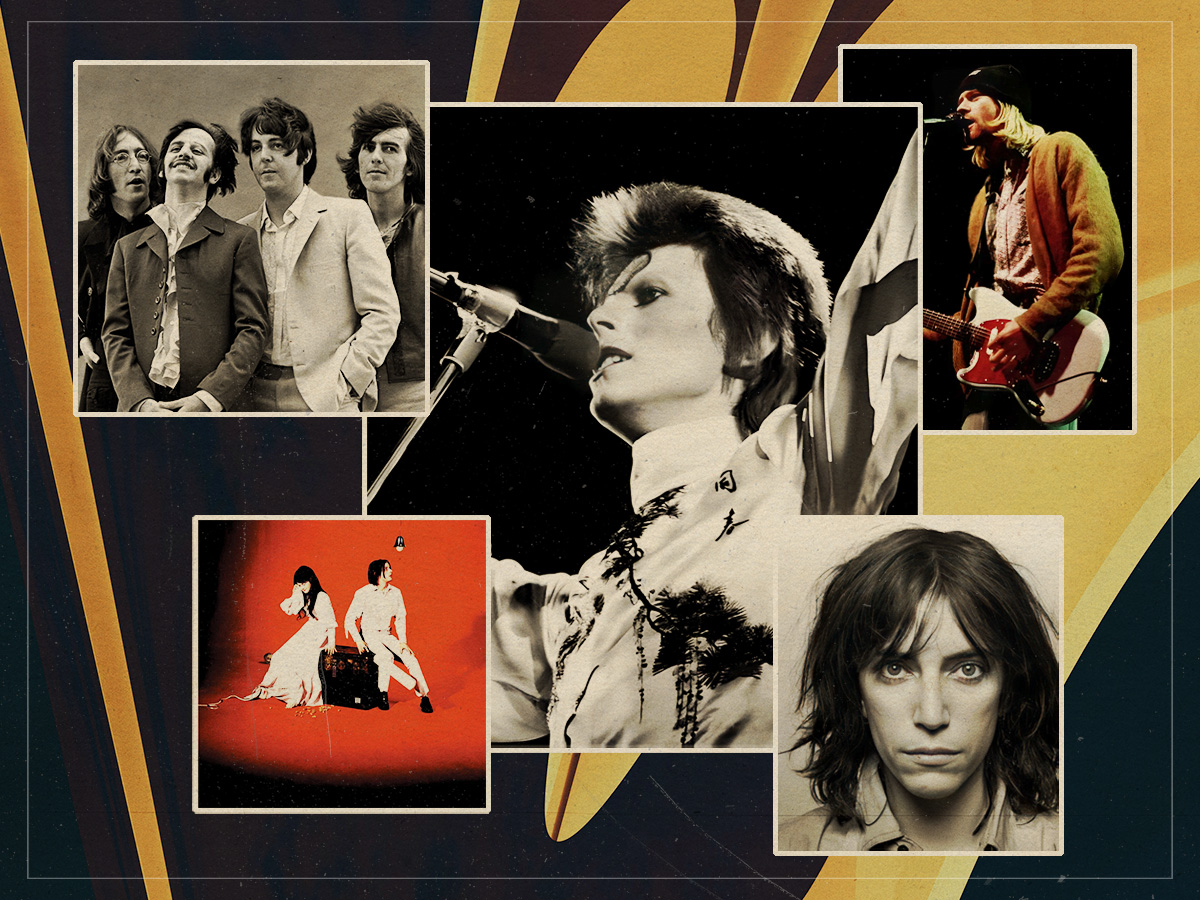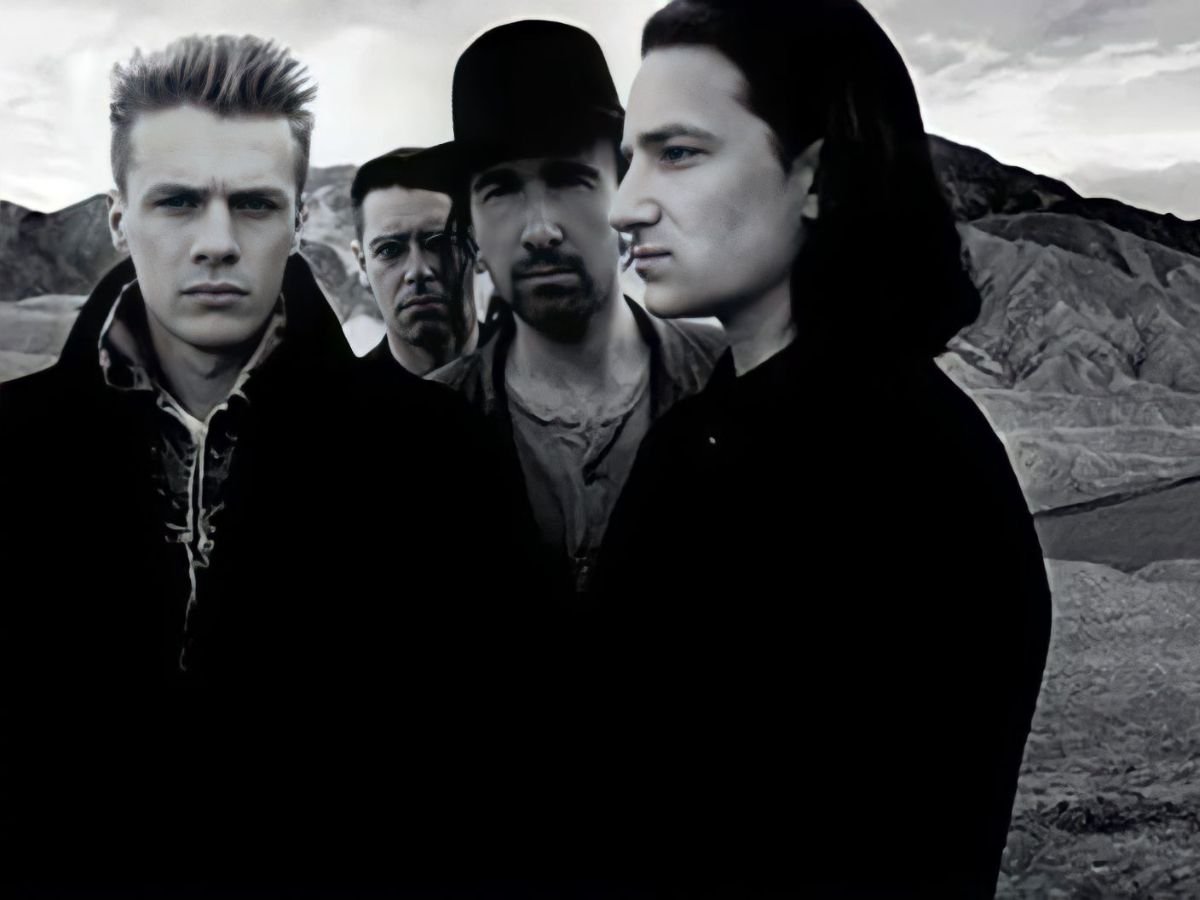
Can someone have saved rock and roll and killed it at the same time? The whole point behind any great rock and roll act is to reflect their times, and while U2 have done that, their reputation as one of the biggest cash-in acts has left many fans unable to divorce their philanthropic endeavours with their actual music half the time. Even though they have made rock and roll a major part of the world, that’s hardly a bad thing when talking about what they did for the genre in the 1980s.
Looking at MTV, there wasn’t much to be proud of. There were plenty of bands willing to stick their neck out to get noticed, but once Bono had the spotlight, he wanted to use his platform to say what needed to be said. From the way that he portrayed himself during Live Aid to the militant anger in songs like ‘Sunday Bloody Sunday’ and ‘New Year’s Day’, this was proof that the 1980s could have something to say beyond the lavish music videos bands like Whitesnake were making.
And with the release of The Joshua Tree and Achtung Baby, Bono proved that someone could actually play up the rockstar lifestyle while never taking themselves too seriously, which is something that seems impossible being delivered by the same person who now rocks grandma sunglasses and insists on forcing an album onto everyone’s Apple products. That said, there was a brief moment where it felt like music could change the world, and U2 were the first people to truly capitalise on that promise.
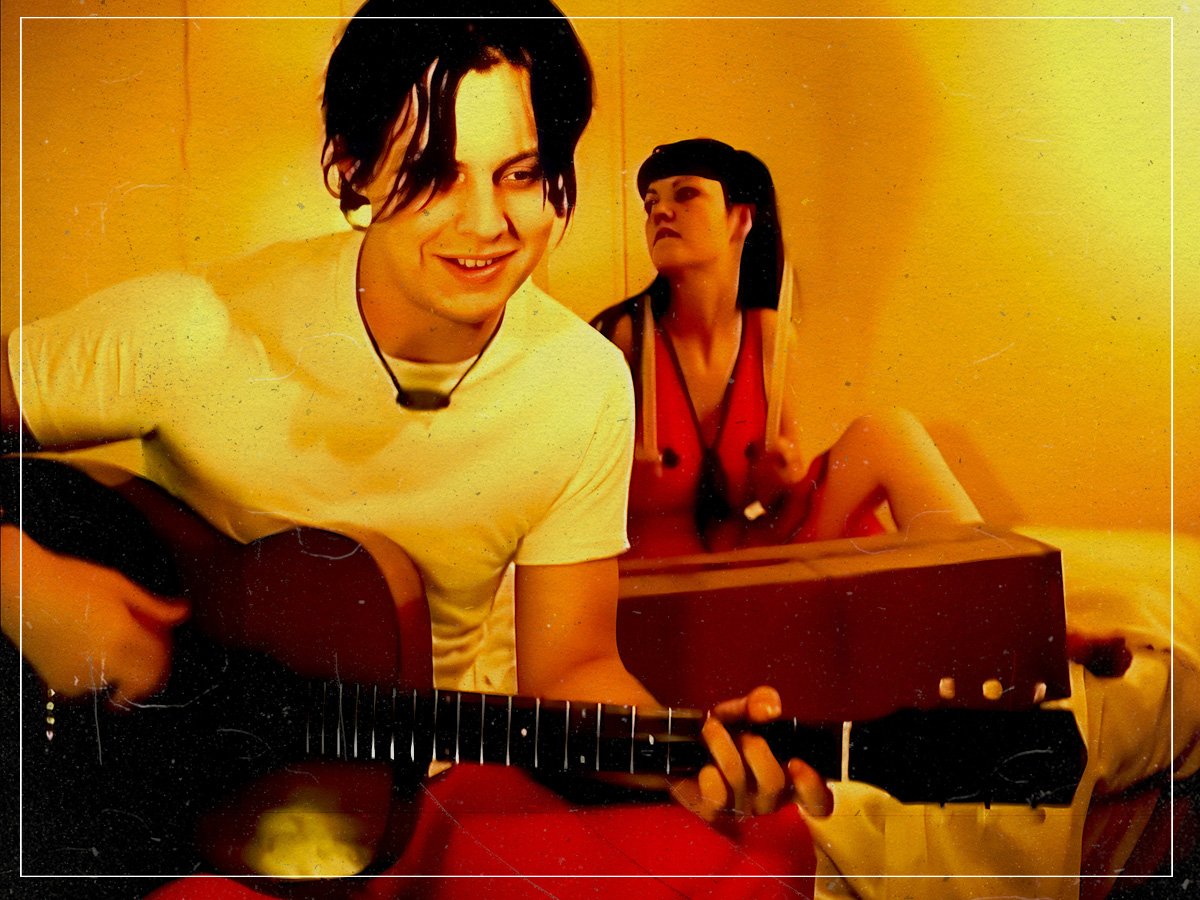
Ever since the end of grunge, there has never been a definitive way of looking at rock and roll. The entire scene had branched out into different sects, and while the alternative revolution emphasised being yourself, it was hard to find any sort of identity when one person liked rap-metal and someone else was on the ska revival train. The White Stripes arrived right in the middle of things, but their tunes help us remind ourselves why this music was important in the first place.
Despite the construction of the band being rudimentary at best, Jack and Meg White took the entire premise of rock and roll and brought it back to the stone age in many respects. Songs didn’t have to be based around the fashions any longer, and looking at their brilliant colour scheme of red, white, and black, this was the kind of monochromatic look that almost felt childlike, as if the band was writing the rulebook on what the genre meant to people like Muddy Waters when he started playing guitar.
More than anything, though, The White Stripes was what finally made everyone get over themselves in many respects. The 1990s had cast a dark shadow over everything and left the entire scene sulking, so bringing in someone who actually managed to remind everyone that music could be fun all people could have asked for.
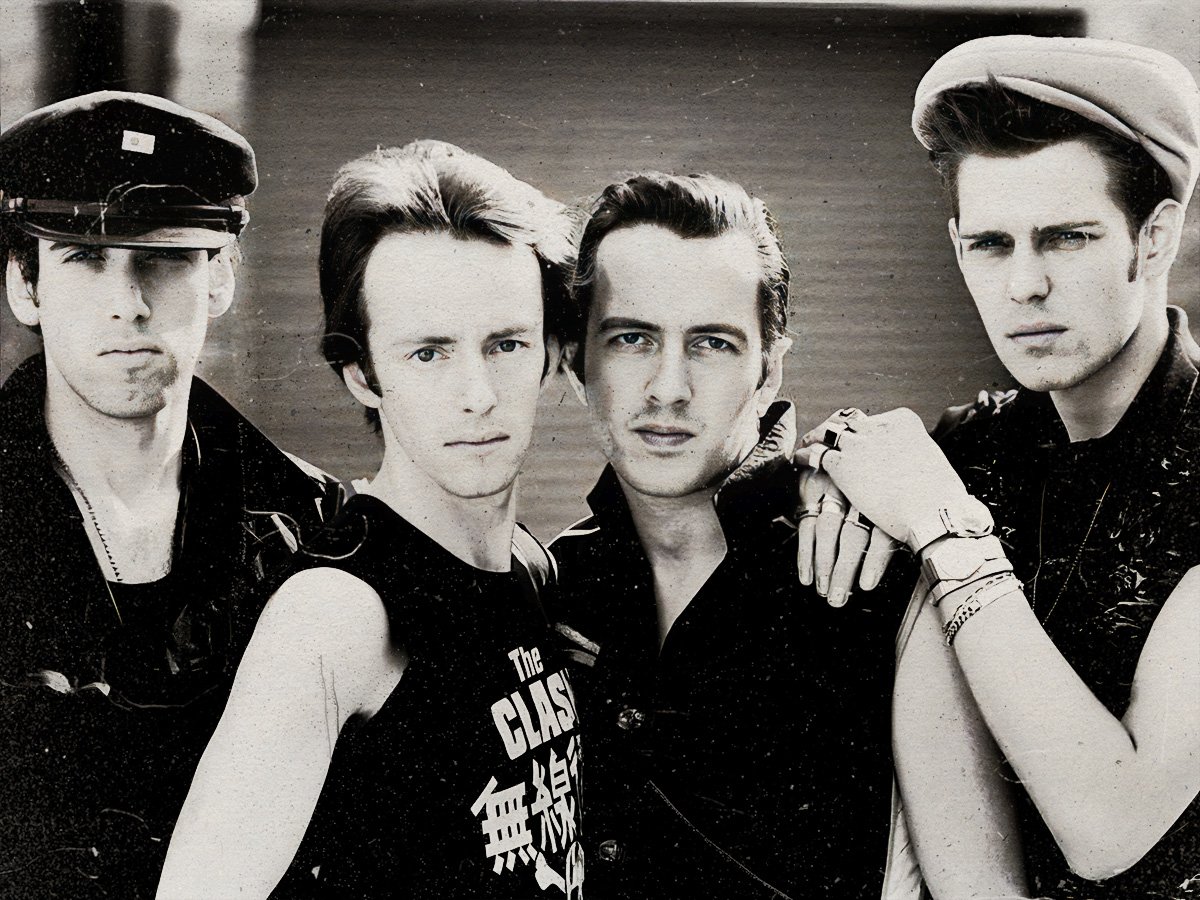
There has never been another genre that shifted rock and roll on a dime like punk did. The biggest names in prog rock were still riding high when the genre started, but once people listened to bands like Ramones and Sex Pistols, it was officially time to break out the spiky collars and forget about any aspirations about being the unofficial fourth member of Emerson, Lake and Palmer. It was a fashion in many respects, but The Clash helped turn it into a legitimate form of expression.
While many of the band’s early songs are by-the-numbers punk tunes, a lot of what they did afterwards took the genre in bold new directions. After all, the whole premise behind punk was to make something original, and albums like Sandinista left a road map for what could be done in the genre, whether that was listening to dub, reggae, rock and roll, or even electronic music on their later records.
Since the songs also tackled every political angle in the book, fans also got an education about how the world worked and how they were going to live their lives at the end of every show. Far too many artists go into the business not knowing what they want outside of fame and money, but the minute Joe Strummer started singing, he reminded everyone to let their songs matter a bit more than a cheap single.
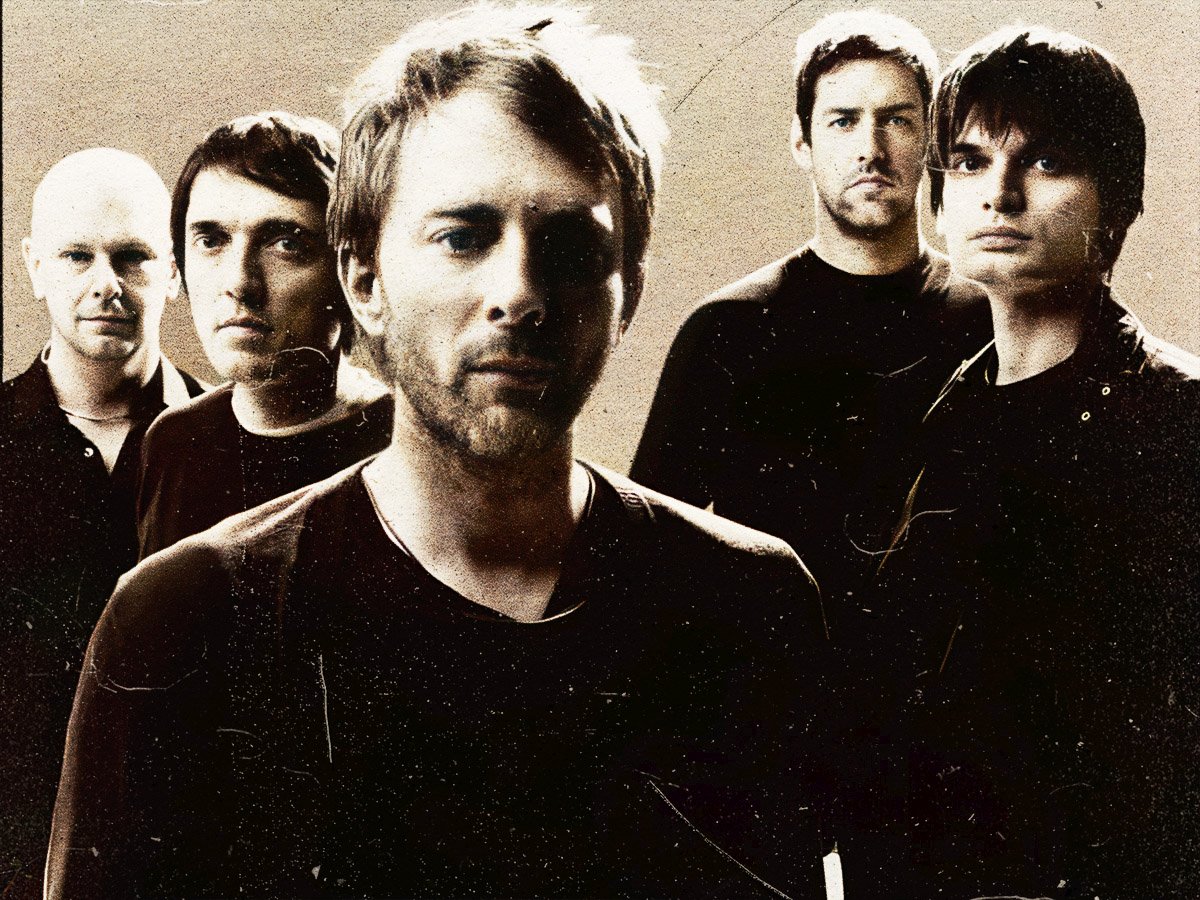
The entire story of Radiohead reads like the dream scenario of a one-hit wonder. No one was more dead to rights as a one-hitter than they were when ‘Creep’ dropped, but when grunge rose and fell, Thom Yorke knew that he could take his music in different directions. Although Yorke saved rock and roll, he was also the first to suggest that perhaps the solution was to go beyond the genre altogether.
Looking through some of their biggest hits since Kid A, Radiohead have made it a point to experiment with anything regardless of genre. Their interest in electronic music has always been one of their calling cards throughout the 2000s, but there are also orchestral pieces that feel like they have been ripped straight out of a classical movie score when diving into their later tracks on A Moon Shaped Pool.
Anyone can try to make something off the wall and edgy for the sake of experimentation, but Radiohead are the one band that has never forgotten the power of the songs behind everything. Other rockstars will continually worry about trends until the day they die, but Yorke remembered that as long as the composition is good at the heart of it, there’s no real limit to how it gets dressed up.

The entire idea of grunge seemed like it was going to hit the reset button on everything related to rock and roll. The glam scene had been in its own little safe space for years, and the minute that Kurt Cobain arrived on the scene, it felt like all of that was washed away in favour of something new. So when all of that gloom of Seattle became fatally accurate, it took a bunch of kids from California to help everyone find a reason to cheer up.
While Green Day was far from the most inventive band in the world, the songwriting on albums like Dookie was sorely needed when Cobain took his own life. There had been a lot of songs about being depressed or misunderstood in the grunge canon, but as soon as Billie Joe Armstrong started writing tunes about panic attacks and masturbation, everyone felt like they were saying one of their stoner friends from school rather than the cool older brother leading all of us into the next generation.
Armstrong may have eventually played that musical older brother figure for many people when American Idiot came out, but that was a distant vision for the future. In 1994, though, he was one of the biggest names in music and was more than happy to give a swift middle finger to anyone who thought that things should go back to normal after grunge died out.
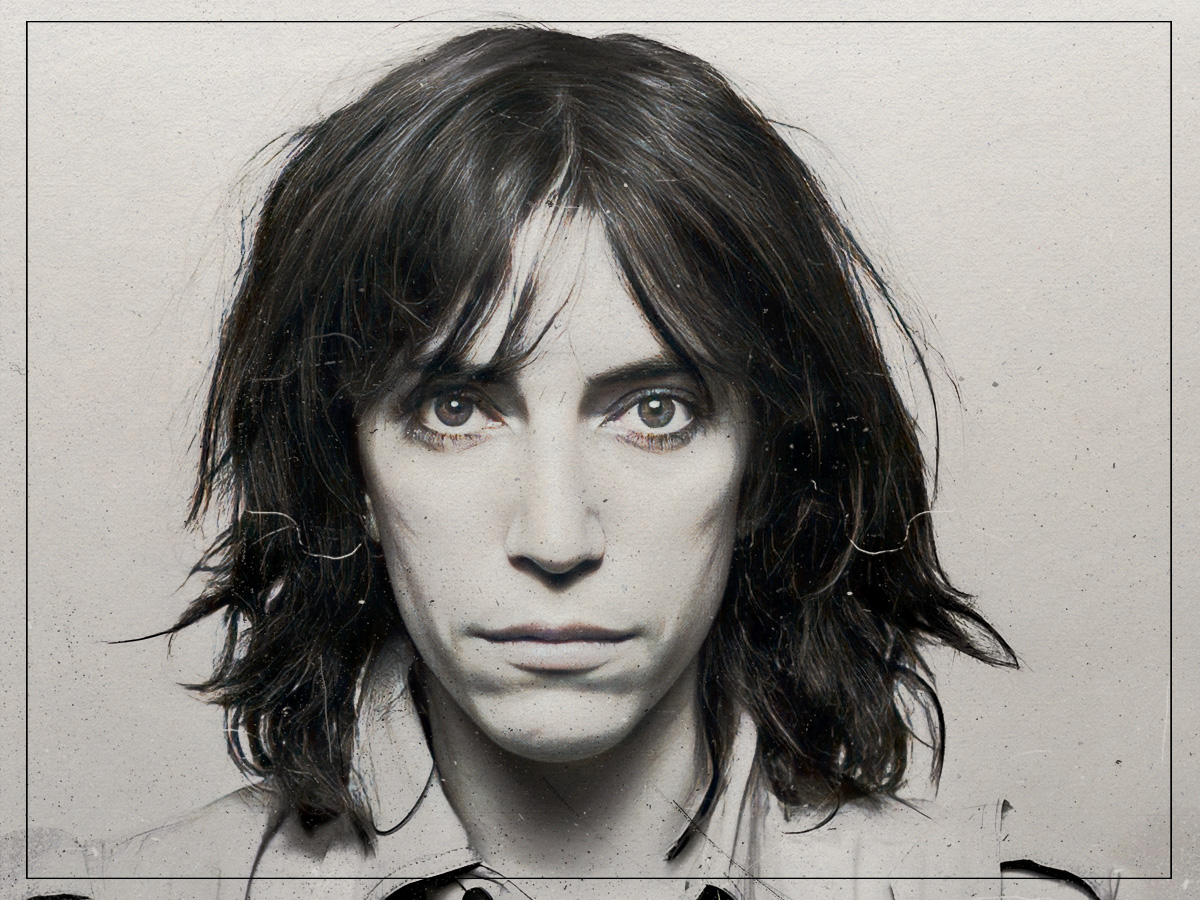
The entire rock genre has never run short of its poets. The mantra means “sex, drugs and rock and roll” for only a small subsection of fans, and when Bob Dylan started singing about the real problems going on in the world, the rest of the community began paying attention and trying to find their own explanations for why they were here. Patti Smith already had her answer, and she would spend her entire life putting every shred of emotion she could into her work.
Although Dylan had long since become a fading memory for people, the singer-songwriter genre was in need of a kick in the ass. Joni Mitchell and Leonard Cohen had a lot of power behind their words, but once Horses was released, Smith made everyone pay attention to every word that came out of her mouth, whether that was discussing mortality or later when talking about her approach to love on ‘Because the Night’.
While she never expected to become one of the biggest pop stars in the world, Smith knew that her role was best served being a literate force in rock and roll. Her aggression may have predated the punk revolution by a few years, but the core ethos of her work was more about trying to find companions in her music that managed to feel those same feelings that she felt from day to day.
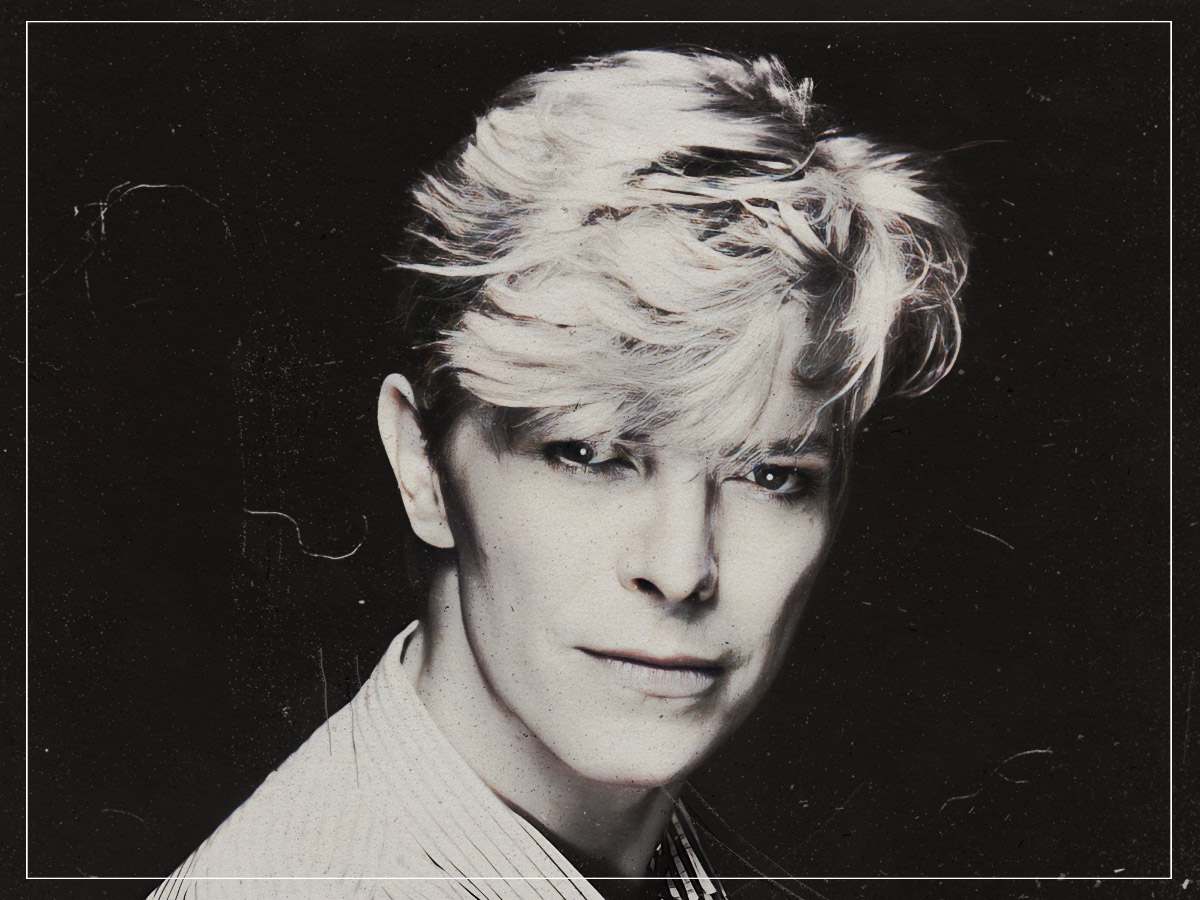
It’s hard to think of rock as suffering when David Bowie first reached the airwaves. The Summer of Love may have been on its way out, but there were acts like Led Zeppelin that started pointing the way forward with songs much heavier than anyone could have imagined. The future was already looking bright, but if Jimmy Page was looking to marvel at what was going on onstage, ‘The Starman’ wanted to showcase pieces of rock and roll that no one had ever touched on yet.
Because when talking about Bowie’s career, that means looking at one facet of every era he was a part of. While the Ziggy Stardust era has had its time in the sun for being the biggest showstopping event in glam-rock, Bowie was the sonic missionary of rock in many respects, often going into different genres and putting his trademark stamp on them however he could, whether it was making pop look flawless when making Let’s Dance or embracing industrial rock on Earthling.
Beyond being one of the greatest chameleons that the world has ever known, though, Bowie was a teacher to anyone who dared to seek something bigger than the same bluesy chords. There were a lot of people out there unsure of themselves in many respects, and even if Bowie couldn’t speak for every one of them individually, the genre would have collapsed if he hadn’t reminded us that we weren’t alone.
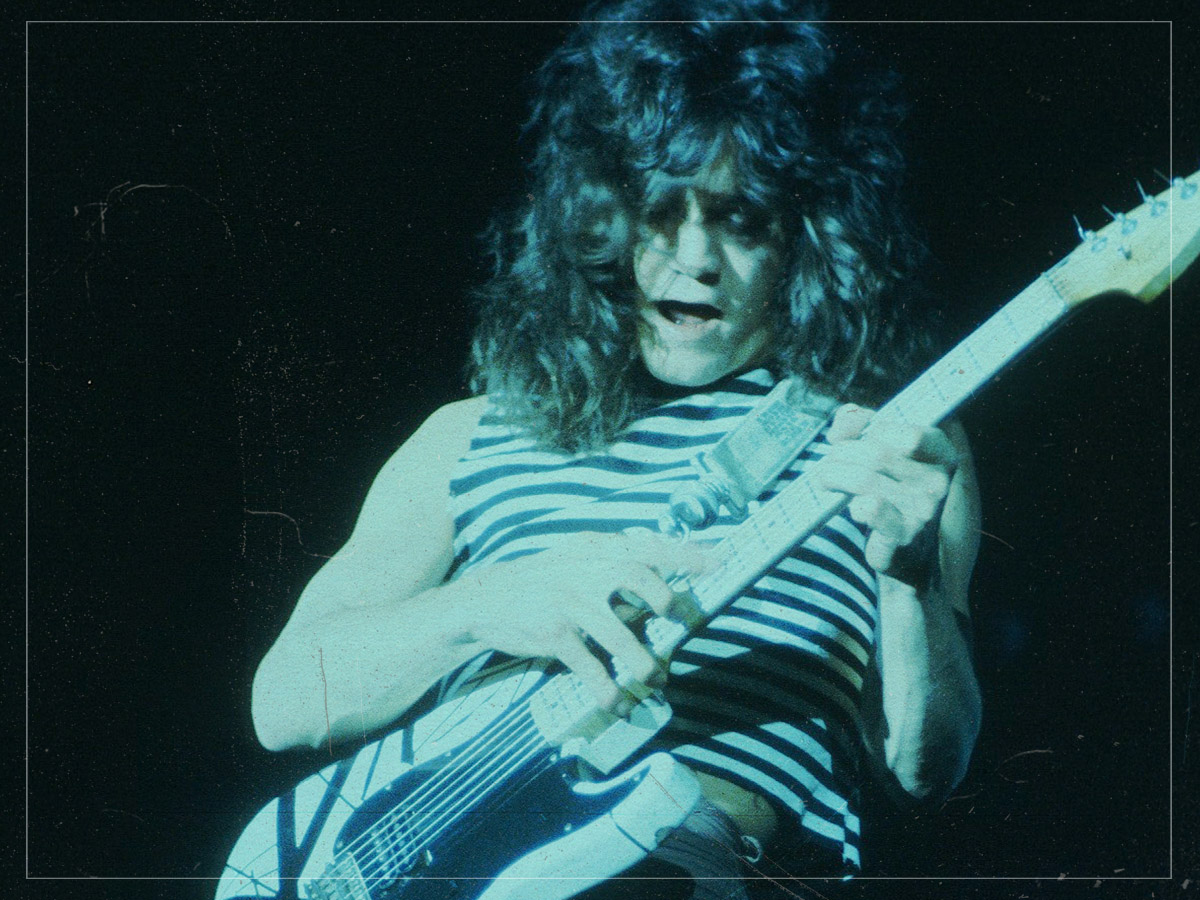
During the last years of the 1970s, rock and roll started to look like work for the layman. The ethos behind any band meant putting in the time behind the instrument, but listening to the latter era of prog-rock and even the punk scene, it felt like people were doing something that needed to be done rather than actually enjoying the music. It seemed everyone forgot about the definition of fun when they began, and Van Halen was all the fun that any kid could have asked for.
While everyone highlights the massive guitar solos Eddie played on every one of the tunes, the entire package of Van Halen was about making the heaviest party anyone had ever seen. No one was looking to copy their licks yet since they were so original, but for the better part of an hour when their debut album played, David Lee Roth was your emcee as he sang about every single good time in the book.
And since Eddie’s signature tone became the standard for the rest of hard rock, the entire guitar community deserved to get down on bended knee the minute that he shuffled off this mortal coil. Making rock and roll sound like a good time might seem like a no-brainer for a lot of people, but it sometimes takes a few loveable goofballs from California to tell everyone that it’s okay to cut loose and have some fun.
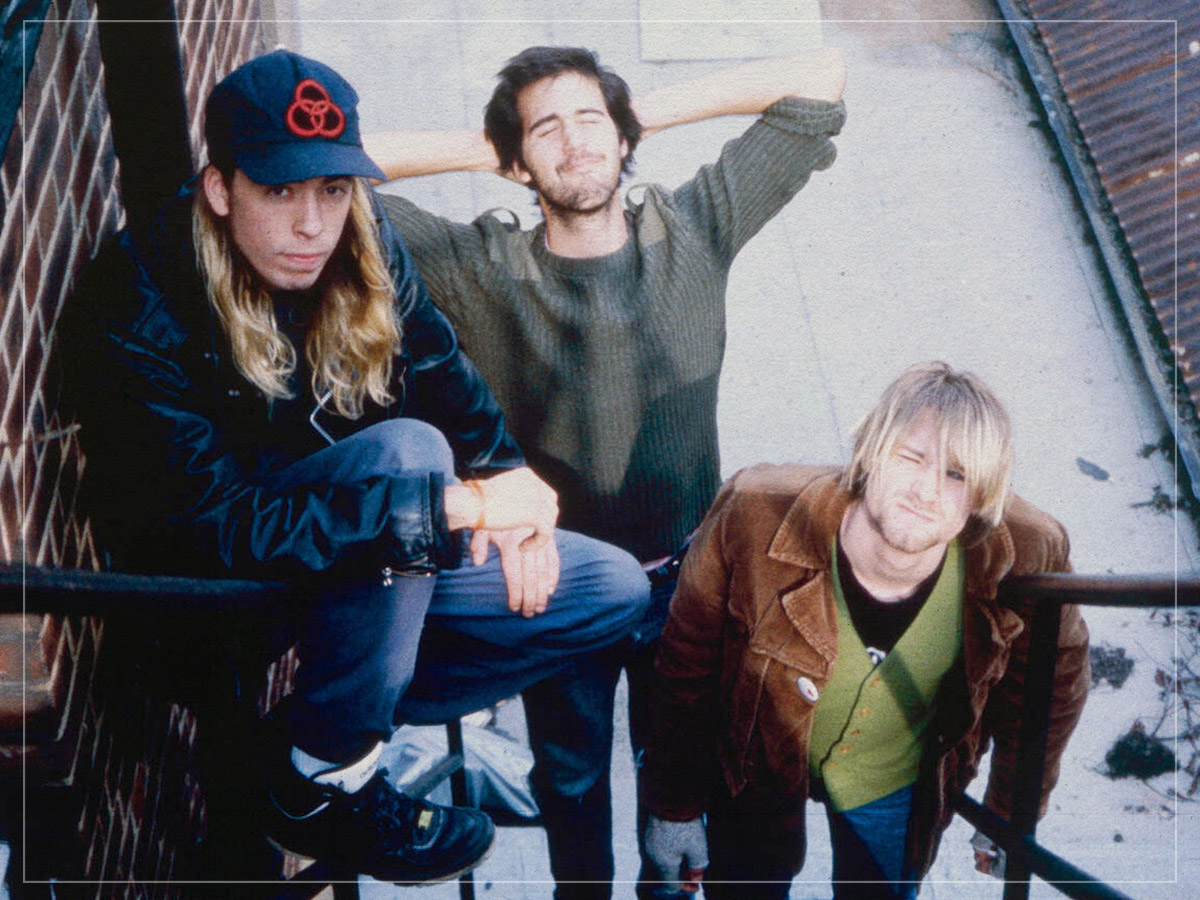
At the same time, Van Halen becoming one of the biggest bands in the world had become an extremely mixed blessing. Most people were happy to have a cool new band storming up the charts, but the minute that people started copying every facet of what they did, the glam rock scene became inundated with wannabes and hangers-on who never seemed like they were on MTV for a good reason. Nirvana may have rebelled against the kind of corporate rock, but when they took off, they had an army of people equally as frustrated as they were.
Kurt Cobain had grown tired of the standard glam-metal tone years before the band launched themselves into the stratosphere, but hearing ‘Smells Like Teen Spirit’ marked the moment when most people got up off their ass. They finally had a model band that told them that they could be rockstars if they had enough passion, and while not everything Cobain said was cheery, it did get people thinking, if only to figure out what the hell he was even saying in some of the tunes.
Although Cobain ended up cutting the band’s time in the spotlight all too brief, their message is as important to modern rock and roll as the Woodstock generation’s was years before. Most people would have rightfully cowered to the manufactured side of rock and roll, but if you’re going to reach a wild demographic, you better have as much passion behind your message as Nirvana did.
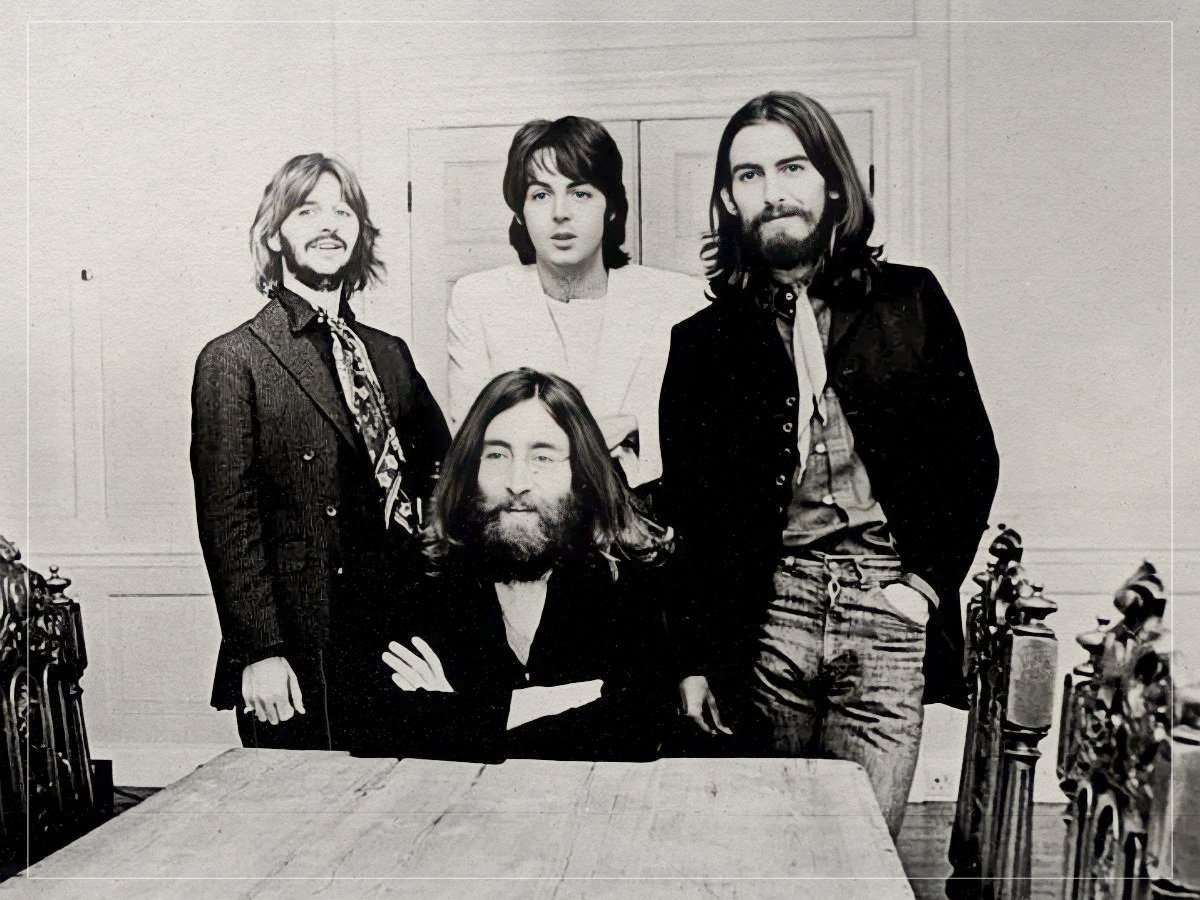
Talking about The Beatles in the modern age feels like talking about BC and AD for popular music. The Liverpool band didn’t invent rock and roll by any means, but their brand of the genre is still showing millions of writers how they should be approaching their craft. And given the state of the genre at the time, the Fab Four were needed a lot more than a lot of people realised when they set foot on the Ed Sullivan Show.
Because looking back at rock and roll history, things were looking worse for wear in many respects. Buddy Holly was dead, Little Richard had turned to religion, and Elvis Presley had gone into the Army, so all that was left was crooners making a mockery of what the genre was supposed to be. Pat Boone was what everyone settled for, but when people saw the slightly androgynous boys with long hair singing the most infectious love songs ever made, it was like things went from black and white to colour in an instant.
And while The Beatles would eventually spread their wings and give us even more reasons to thank them for coming together in the late 1960s, the most important element of their music was avoiding rock’s cultural downfall. Things were looking tragic for a while in the scene, and in a world full of darkness and quasi-happiness, the Fab Four helped turn the light back on for millions of people.
